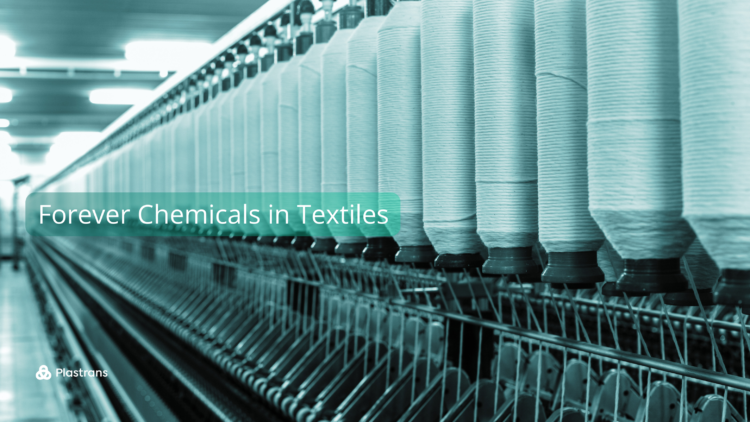
Kunststoff und Innovation
AI and Digitalization Driving the Plastics Industry
As the plastics industry faces mounting pressure to accelerate sustainability, improve efficiency, and meet evolving regulatory requirements, the transformative potential of artificial intelligence (AI) and digitalization is taking center stage. These themes will be a central focus at the upcoming K 2025 trade fair—one of the world’s leading platforms for the plastics and rubber sectors—where industry leaders, innovators, and policymakers will explore how digital technologies are redefining every link in the plastics value chain.
AI and digitalization are no longer future concepts—they are actively shaping today’s industrial reality. One of the most impactful developments lies in AI-powered sorting systems. These intelligent systems use advanced image recognition and machine learning algorithms to identify and separate different types of plastics with unparalleled precision. Unlike traditional sorting processes, which often rely on manual labor or basic mechanical methods, AI systems can detect subtle differences in material composition, color, and shape, drastically improving sorting accuracy. This leads to higher purity in recycled outputs and enables the recovery of materials previously considered non-recyclable.
Another groundbreaking innovation being highlighted is the digital product passport (DPP). As the EU prepares to roll out regulations mandating product traceability and circularity, DPPs are becoming vital tools for ensuring compliance and promoting transparency. These digital records will accompany plastic products throughout their lifecycle, containing detailed information about their composition, recyclability, carbon footprint, and origin. This data empowers recyclers, manufacturers, and regulators to make informed decisions while supporting more efficient material flows and circular business models.
Digital twins, predictive maintenance, and process automation are also key components of this digital shift. With the help of real-time data analytics, manufacturers can optimize production efficiency, reduce energy consumption, and proactively manage quality control. The integration of AI-driven insights into machinery and supply chains results in reduced waste, lower operational costs, and improved sustainability performance.
At K Fair 2025, these cutting-edge technologies will be on full display, providing live demonstrations, panel discussions, and collaborative exhibitions that offer a firsthand look at how AI and digitalization are transforming the plastics industry. This event is not just about showcasing new technologies, but also about forging the partnerships that will drive the future of the sector.


